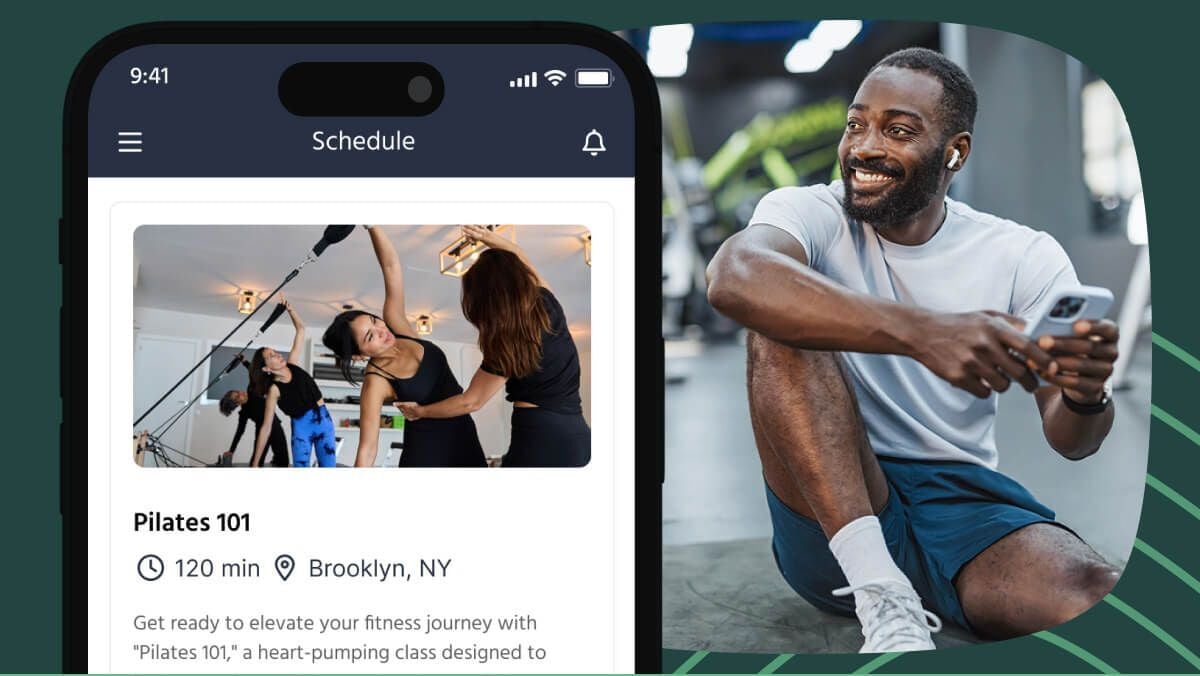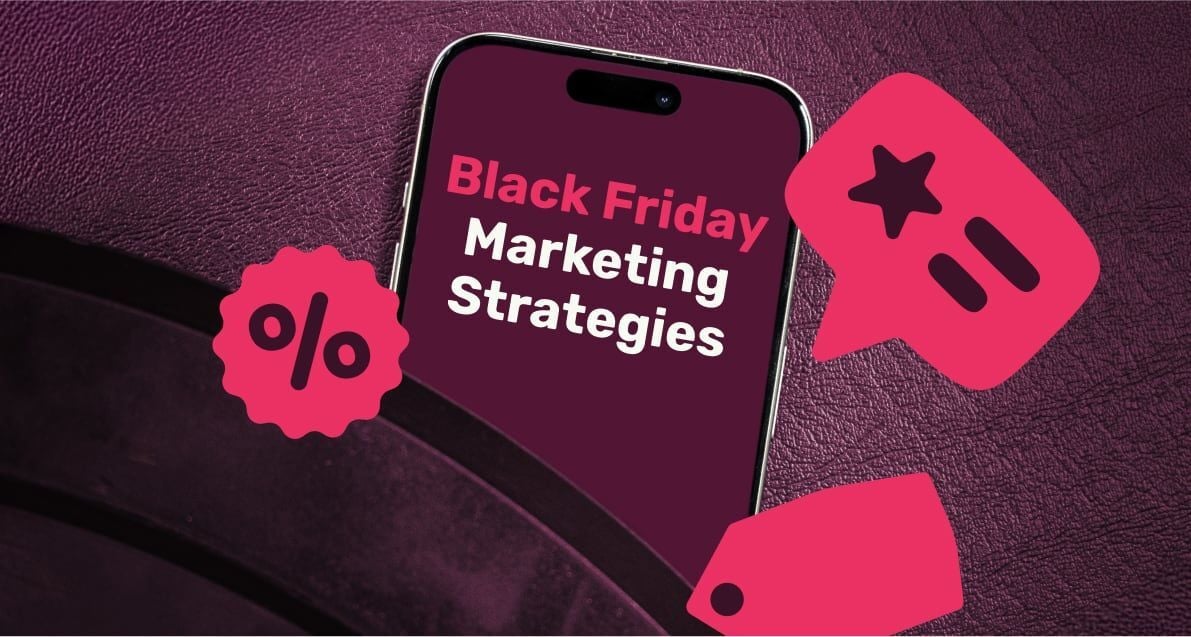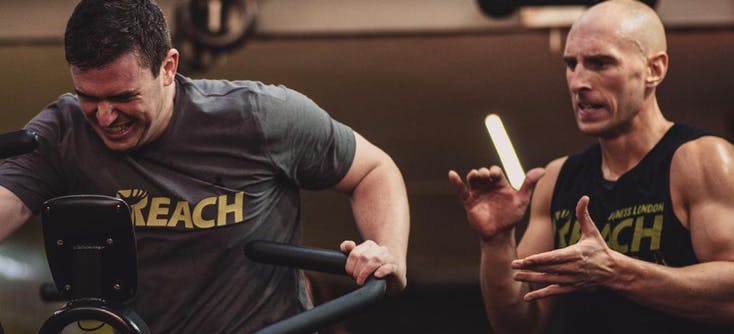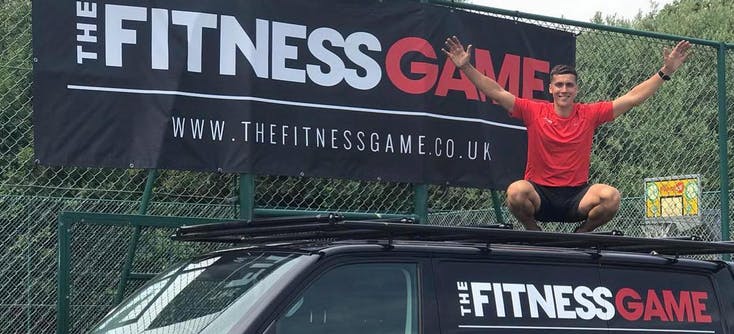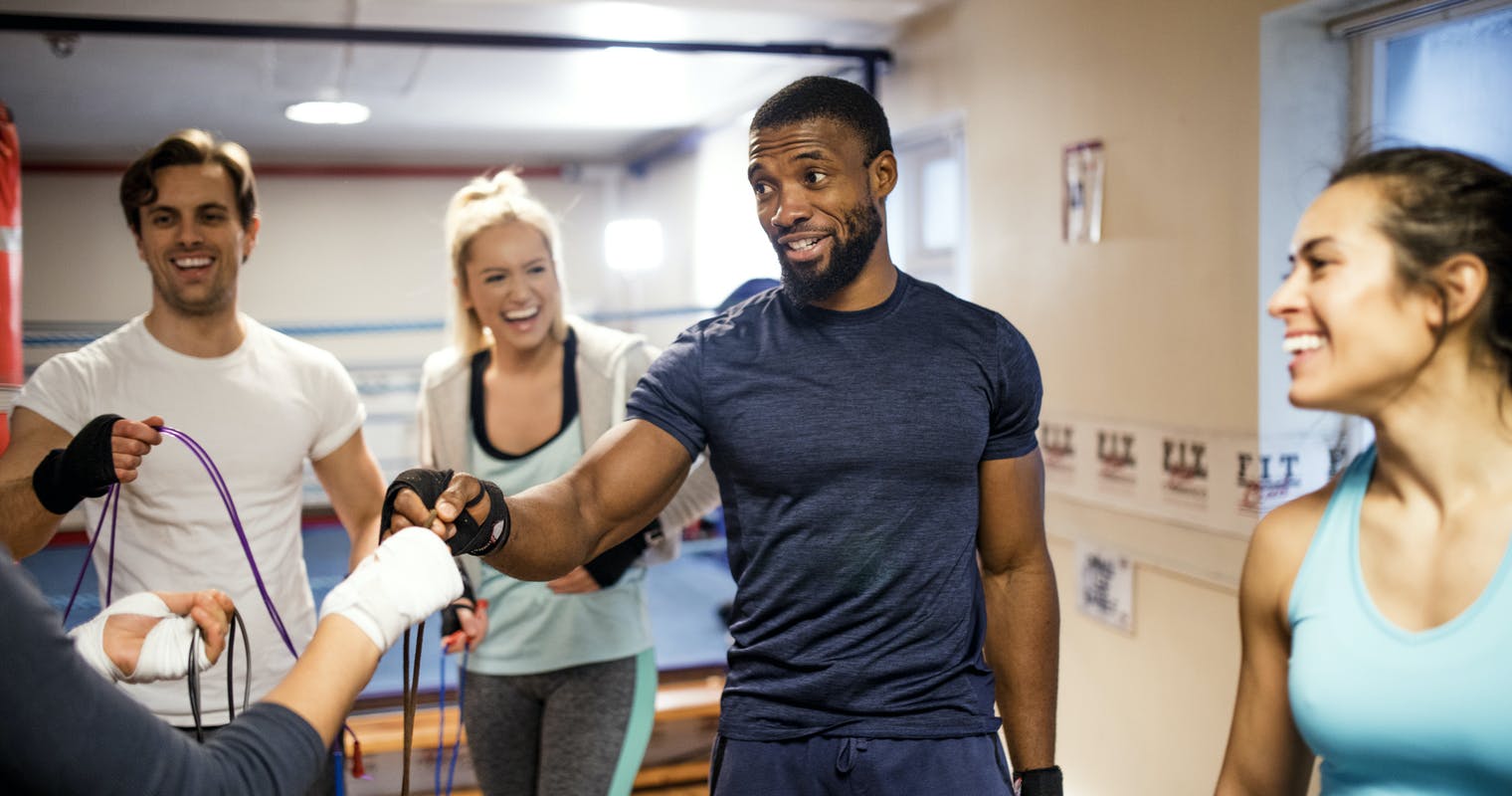Businesses and brands today incorporate many methods in their marketing campaigns to build awareness and connect with their audience. But with the rise of many successful brands, standing out poses a challenge.
So, to stay unique, retain existing customers, and promote their values, brands create different forms of content alongside other content marketing strategies. Branded content is one of these strategies.

When used strategically, branded content campaigns can function as an effective piece in your overall marketing efforts, ultimately yielding a good return on your content marketing strategy.
What is branded content?
Branded content refers to content that has two primary characteristics: One, it is linked to a brand, and two, it is aimed at promoting a connection with consumers. It is a marketing technique that involves capturing a brand’s values and message in a way that evokes an emotional response in your audience.
Here are some major facts about branded content:
-
Branded content campaigns do not focus on selling the products or services your brand offers specifically. Rather, it uses a storytelling format to help your customers and prospects connect with your brand.
-
Branded content can come in different formats, such as blogs, videos, podcasts, Instagram Stories, etc. Branded content marketing is more consumer-centric and focuses on creating brand awareness rather than direct advertising.
-
Branded content marketing is not invasive. This is unlike traditional advertising that aims to get your brand’s services in front of as many people as possible.
Traditional advertising and product placement involve using TV ads, pop-ups, banner ads, radio ads, etc., to directly promote your brand’s products or services to a wide range of people. When done effectively, branded content marketing gets people to talk about your brand and not just your products.
Through storytelling, branded content helps raise awareness, presents brand values, and helps you gain the audience’s trust. So, rather than use rational arguments to promote your brand’s products or services, branded content evokes an emotional response in your audience. Ultimately, they learn the values you stand for.
How fitness brands can create branded content
For your brand to stand out through branded content, you need to find your audience, use the right tone in your content, and make your content valuable and entertaining.
Here are five ways to create branded content:
1. Find your target audience
Before you begin to publish branded content for your fitness brand, it is important to find your target audience first. This will help you in developing a content strategy that is effective in building strong relationships with your customers.
Your audience refers to the specific group of people you want your branded content to get to. Your target market can be grouped by age, income, interests, location, or other factors. By finding your audience, you can create branded content that meets the interests and values of people who are likely to stick with your brand.
One of the ways to find your target audience is to create a customer persona. A customer persona is a visual representation of a brand’s typical customer. You can gather customer intelligence to create customer personas by conducting customer surveys, looking at social media, and visiting discussion forums.
Here’s an example of a customer persona created by Fitness Enthusiast:
You can also perform a competitor analysis. Look at the audience your competitors are catering to. Since they’re your competitors, chances are, their target audience is the same as yours.
After finding and clearly outlining your audience, the next step is using that information to determine the best means of reaching out to them. The rationale is simple. Since you want to reach your target audience, it only makes sense for you to reach them on a platform they’re actually on. You have to adjust. Don’t make them adjust to you.
So, go back to your data. What platforms does your target audience prefer? Do they prefer Facebook? Do they prefer Instagram? Although social media is an effective platform many brands use to reach out to an audience, this might not be the case for your brand. Don’t assume. Base your decision on hard data.
2. Use the right tone in your content
Unlike product placement, brand content aims to appeal to the emotions of the consumer so you can build a relationship. That means to make your branded content stand out, you must avoid using a direct sales approach. Instead, you’ll need to use the right tone in your content to meet your audience on a personal level.
Your tone will depend on certain factors.
It should be a tone your audience can relate to. So, go back to your audience persona again. Is your audience young? Then they’d probably prefer if you talked to them in an easygoing tone, just the way their friends talk to them. Is your audience in the 40 to 50 age bracket? Then it would probably be best to adopt a more serious tone that highlights the health benefits of working out.
Your brand’s values will also determine how you communicate with your audience. Some popular brands are known for their humorous tone, while other brands employ a serious and empathetic tone. The branded content below by Base Fitness includes a motivational tone:
So, before you create branded content, you also need to sit back and think about who you are as a brand. Do you want to be perceived as a fun and quirky brand? Or maybe you want to be seen as a professional and serious brand?
Once you’ve determined your overall tone based on those two factors, make sure your branded content reflects it. Don’t just focus on your text. Look at the images you include in your branded content, too. In our example above, for instance, it’s not just the text that’s motivational. Even the picture of the person working out inspires.
3. Select the right content format
Apart from using the right tone in your branded content, it is also important to use the right content format. There are different content formats: blog posts, reels, podcasts, YouTube videos, etc. You should select the right format based on your audience.
So, again, go back to your audience persona. If you see based on your research that your audience consists of middle-aged or older people, creating Pinterest posts, YouTube videos, or blog posts might be your best bet.
However, if your target audience consists of college people or young athletes, then TikTok videos and Instagram-branded content may be more suitable. Here’s a great example from Sam Gach, who runs his own fitness business:
Because Sam wants to reach out to young people, he posts his stretching videos, including his branded content, on TikTok. The result? His views range from 9,000 to over 400,000 views.
If you decide to post your branded content on your website, make sure you organize it into content hubs. Organizing your content this way can help you rank better in search engine results pages.
4. Make Your Content Valuable and Entertaining
Unlike product placement, branded content marketing focuses on creating meaningful content instead of just advertising a product. So, no matter the type of branded content or the format, your content must remain valuable and entertaining for it to resonate with your audience.
To create valuable content, ensure it is tailored to your audience’s preferences, connects with your clients, and shows your expertise. However, valuable content doesn’t mean it should be boring. You can pass across valuable information in an interactive and entertaining way.
For instance, you can include memes, jokes, images, or popular references to make your content entertaining. The R2 Fitness image shown below is a great example. The brand uses humor to pass a message across:
To create the best consumer experience, brands also often employ video and audio content since they are more immersive than text content. You can also create interactive graphics that allow for compelling storytelling.
Your content should also be relatable. To achieve this, you can look at recent or seasonal trends and incorporate these into your branded content. For instance, the R2 fitness example featured above was released in December. So, many people could relate to it at that time.
5. Collaborate with other brands
You can also make your branded content stand out by collaborating with other brands that share similar values and interests. Collaborations with other brands can help you reduce the amount you spend on creating and promoting your content.
Also, by working with other brands, you can get cross-promotion across multiple social networks. Just think about it. The brand you collaborate with has its own target audience. You have your own. So, when you both publish your branded content on your respective platforms, you essentially reach more people. That holds true even if we assume a part of your audience overlaps with the other brand’s.
Laura Novack, who has her own training business, for instance, collaborated with Champion to produce this branded content video.
On TikTok, Laura has over 678,000 followers. Champion is a big brand and has over 67,000 followers on TikTok, over a million followers on Facebook, among others. So, the collaboration was a win-win situation for both.
To get brand partners, you’ll need to reach out to other brands. You can send them a message on the social platform they use or look for their official email address and send them a proposal.
6. Utilize Social Media platforms
Social media platforms have become essential tools for B2B brands to promote their products or services. Instagram, Facebook, Twitter, and TikTok offer a unique opportunity to share branded content with a wider audience. By creating profiles on these platforms and sharing content regularly, you can engage with your followers and attract new ones.
To optimize the reach of your branded content, it's crucial to use appropriate hashtags and tags to help your content reach the right audience. Also, consider using paid advertising options to boost your reach and promote your content to specific demographics. This is especially important if you have a niche target audience that may be hard to reach through other channels.
7. Incorporate user-generated content
Incorporating user-generated content (UGC) is a powerful way to make your branded content more engaging and authentic. By encouraging your followers to share their experiences related to your brand, you can showcase the value of your product or service in a relatable way. This not only engages your audience but also adds authenticity to your content.
However, it's important to give proper credit to the UGC creators and get their permission to use their content before sharing it. This can help you to build a stronger relationship with your followers and show that you value and appreciate their contributions.
8. Focus on SEO
Optimizing your branded content for search engines is another crucial step to ensure that it gets seen by the right audience. By including relevant keywords, meta tags, and descriptions in your content, you can improve your search engine rankings and make it easier for people to find your content when they search for related keywords.
Additionally, consider the structure of your content, such as using headers and subheaders to make it easier for search engines to understand what your content is about.
Learn more about SEO for Gyms
9. Leverage influencer marketing
Collaborating with influencers in your industry can be a powerful way to promote your branded content and reach a larger audience. Look for influencers who have a similar target audience and share similar values and interests as your brand. Reach out to them with a personalized message and a clear collaboration proposal. Set clear expectations and goals for the collaboration, and discuss how you will measure the success of the partnership.
10. Track your results
Tracking the results of your branded content is crucial to understand its effectiveness and refine your content strategy. Use analytics tools to measure metrics such as engagement rates, website traffic, and conversions. By analyzing these metrics, you can identify what works and what doesn't, and make informed decisions about how to improve your branded content. Make sure to set clear goals and track your progress over time to ensure you are on the right track to achieving your marketing objectives.
In closing
Branded content is used to represent brand values, raise brand awareness, and influence an emotional response among an audience. Unlike product placement or traditional ads, it does not focus on selling a brand's product or service but involves telling a compelling story.
So, creating branded content can be an effective marketing strategy for your fitness brand. You learned tips on how to create branded content as a fitness brand from this article. Find your audience, use the right tone, and choose the right content format. You should also create valuable and entertaining branded content. Finally, collaborate with other brands.
Follow these tips and your branded content will stand out. You’ll see getting your brand’s message and values across to your audience in a competitive market is worth the effort.
Tomasz is the Head Of Marketing at Surfer, a platform that merges content strategy, creation, and optimization into one smooth process. With almost a decade of experience in the industry, he is responsible for incorporating and executing marketing strategies. Currently, he manages a team of 4 wonderful experts.




